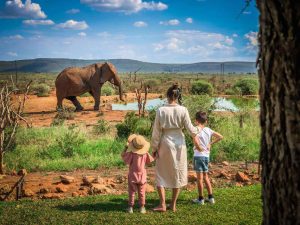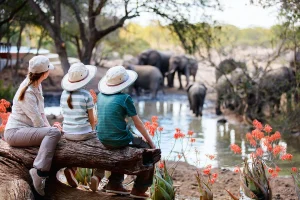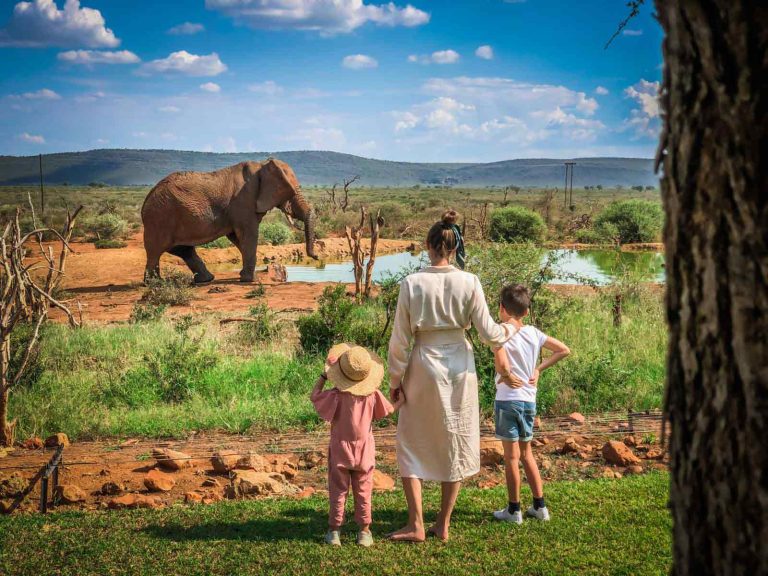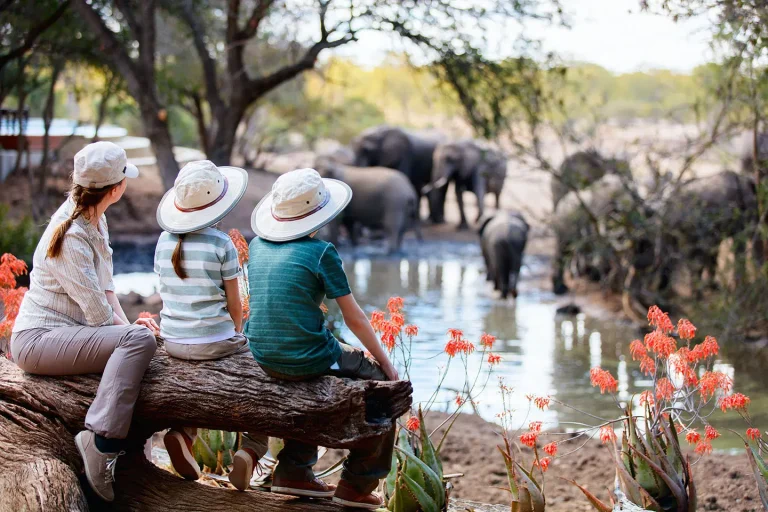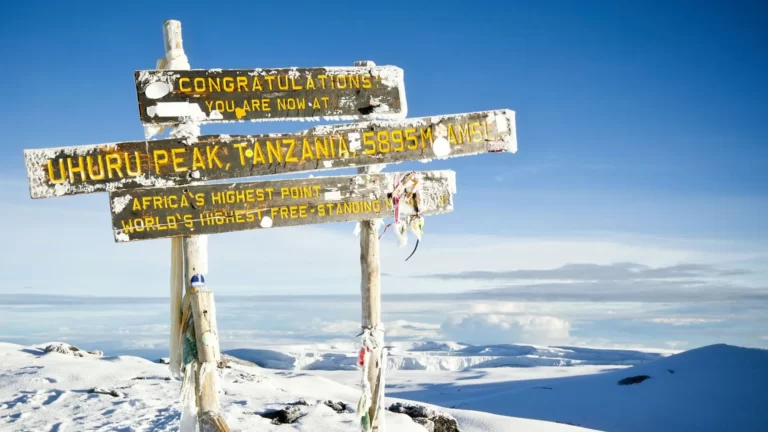Kilimanjaro Climb Peaks, Volcanic cones, Cliffs & Craters, Glaciers, Milestones.
Embarking on a journey to climb Kilimanjaro is a pursuit that beckons adventurers from around the globe. Nestled in Tanzania, this majestic mountain stands as the tallest peak in Africa and one of the most sought-after summits in the world. With its towering volcanic cones, dramatic cliffs and craters, and breathtaking glaciers, Kilimanjaro offers an unparalleled experience for those who dare to conquer its heights.
Climbing Kilimanjaro is more than just a physical feat – it is a testament to the indomitable spirit of human endeavor. From the thrill of reaching the summit to the camaraderie forged along the way, every step of the journey is a reminder of our capacity for adventure and exploration. As we stand atop Uhuru Peak, gazing out over the vast African landscape below we are filled with a sense of awe and wonder at the majesty of Kilimanjaro.
Kilimanjaro climb peaks
Sure, when it comes to climbing Mount Kilimanjaro, there are several peaks along the way that trekkers aim to conquer. The main summit, and the highest point in Africa, is Uhuru Peak, standing at 5,895 meters (19,341 feet) above sea level. However, there are other notable peaks on Kilimanjaro’s massif, including:
- Uhuru Peak: As mentioned, this is the ultimate goal for most climbers. It’s located on Kibo, one of Kilimanjaro’s three volcanic cones, and reaching it requires determination, physical endurance, and proper acclimatization.
- Stella Point: This is a notable landmark on the crater rim, situated just before Uhuru Peak. Many climbers stop here to rest and gather their strength for the final push to the summit.
- Gillman’s Point: Found on the southeastern rim of the crater. Gillman’s Point is often the endpoint for trekkers taking the Marangu Route. Though it’s slightly lower in elevation than Uhuru Peak, reaching Gillman’s Point is still a significant accomplishment.
- Reusch Crater: This is the collapsed crater within which Kibo’s summit is situated. While not a peak in itself, it’s a distinctive feature of the landscape and marks the final stage of the ascent to Uhuru Peak.
- Mawenzi Peak: Though not typically climbed by trekkers attempting to summit Kilimanjaro, Mawenzi is one of the volcano’s other major peaks. It’s technically challenging and requires specialized mountaineering skills.
Kilimanjaro climb Volcanic cones
When embarking on a Kilimanjaro climb, you’ll encounter three main volcanic cones that make up the mountain’s massif. These cones each offer their own distinct characteristics and challenges:
Kibo: This is the tallest and central cone of Kilimanjaro, housing the highest point in Africa: Uhuru Peak. Kibo is the ultimate goal for most climbers attempting to summit Kilimanjaro. It features a large crater, with the summit rim stretching approximately 1.5 kilometers (0.93 miles) in diameter. The routes to Uhuru Peak, such as the Marangu, Machame, and Rongai routes. All converge on Kibo’s slopes before reaching the summit.
Mawenzi: Situated to the east of Kibo, Mawenzi is the second-highest peak on Kilimanjaro. Characterized by rugged terrain, steep cliffs, and challenging climbing routes. It’s not typically climbed by trekkers aiming for Uhuru Peak, Mawenzi is a striking feature of the landscape. Adding to the dramatic beauty of Kilimanjaro.
Shira: Located to the west of Kibo, Shira is the oldest of Kilimanjaro’s volcanic cones. It’s no longer an independent peak due to erosion, but its remnants form the Shira Plateau. A high-altitude expanse of moorland. Trekkers on certain routes, such as the Lemosho and Shira routes, traverse the Shira Plateau as part of their ascent to Kibo.
Kilimanjaro climb Cliffs & craters
When climbing Kilimanjaro, you’ll encounter various cliffs and craters that add to the mountain’s rugged beauty and challenge. Here are some notable ones:
Barranco Wall: This is a steep, 257-meter (843-foot) cliff located on the southeastern slope of Kilimanjaro. Climbers on the Machame and Lemosho routes ascend the Barranco Wall. Which requires some scrambling but offers stunning views of the surrounding landscape.
Western Breach: This is a breach in the crater rim of Kilimanjaro’s Kibo cone. Formed by a massive landslide centuries ago. The Western Breach offers a challenging alternative route to Uhuru Peak, involving a steep ascent through loose scree and rockfall danger.
Reusch Crater: Situated within Kibo’s summit crater, Reusch Crater is a notable feature on the final approach to Uhuru Peak. It’s a reminder of Kilimanjaro’s volcanic past and provides trekkers with a unique landscape to traverse as they near the summit.
Ash Pit: Found near the summit of Kilimanjaro, the Ash Pit is a depression within the summit crater filled with volcanic ash and loose scree. It’s another distinctive feature that trekkers encounter on their way to Uhuru Peak.
Mawenzi Crater: While not directly on the main route to Uhuru Peak. Mawenzi Crater is a prominent feature on the eastern side of Kilimanjaro. It’s a collapsed volcanic crater with steep walls, adding to the rugged beauty of the mountain.
Kilimanjaro climb glaciers
When undertaking a Kilimanjaro climb, you’ll encounter several glaciers, although their presence has been diminishing due to climate change. These glaciers add to the mountain’s allure and provide a unique aspect to the climbing experience. Here are some of the notable glaciers on Kilimanjaro:
Furtwängler Glacier: This is the largest glacier on Kilimanjaro and is located near the summit of Kibo. The highest of the mountain’s three volcanic cones. Named after the German geologist Walter Furtwängler, this glacier has been shrinking rapidly over the years and is expected to disappear completely in the coming decades.
Northern Icefield: Situated on the northern slopes of Kibo. This icefield is composed of several smaller glaciers, including the Diamond Glacier and the Credner Glacier. Like the Furtwängler Glacier, the Northern Icefield has been experiencing significant retreat due to global warming.
Southern Icefield: Found on the southern slopes of Kibo. This icefield is also made up of several smaller glaciers, such as the Drygalski Glacier and the Great Western Glacier. Similar to the other glaciers on Kilimanjaro, the Southern Icefield has been receding steadily in recent years.
Kilimanjaro climb milestones
When climbing Mount Kilimanjaro, reaching certain milestones can be both physically and emotionally rewarding. Here are some key milestones that climbers often aim for during their ascent:
Gate Entrance: The journey begins at one of Kilimanjaro’s gates, such as the Marangu Gate or the Machame Gate. This marks the official start of the trek and is where climbers register. Meet their guides and porters, and begin their adventure.
First Campsite: After several hours of trekking, reaching the first campsite, such as Mandara Hut (for Marangu Route). Machame Camp (for Machame Route), is a significant achievement. It’s the first opportunity to rest, enjoy a meal, and soak in the natural surroundings.
Shira Plateau: For climbers on routes like the Lemosho and Shira Routes. Reaching the expansive Shira Plateau signifies a transition to higher altitudes and offers stunning views of Kilimanjaro’s western slopes.
Barranco Wall: Climbers on the Machame and Lemosho Routes face the challenge of ascending the Barranco Wall. A steep cliff that requires some scrambling but rewards with breathtaking panoramas.
Stella Point: Situated on the crater rim. Kilimanjaro Climb Peaks Stella Point is a common resting spot for climbers before making the final push to the summit. Reaching Stella Point is a significant accomplishment, although the true summit still lies ahead.
Uhuru Peak: Standing at 5,895 meters (19,341 feet) above sea level. Uhuru Peak is the highest point on Kilimanjaro and the ultimate goal for most climbers. Reaching the summit is a moment of triumph, often accompanied by tears, hugs, and a sense of profound achievement.
Descent: After celebrating at the summit, climbers begin their descent back to lower altitudes. Each step downhill brings them closer to the comforts of civilization and serves as a reminder of their incredible journey.
These milestones vary depending on the chosen route and individual experience. But collectively they represent the challenges, triumphs, and memories of a Kilimanjaro climb.

